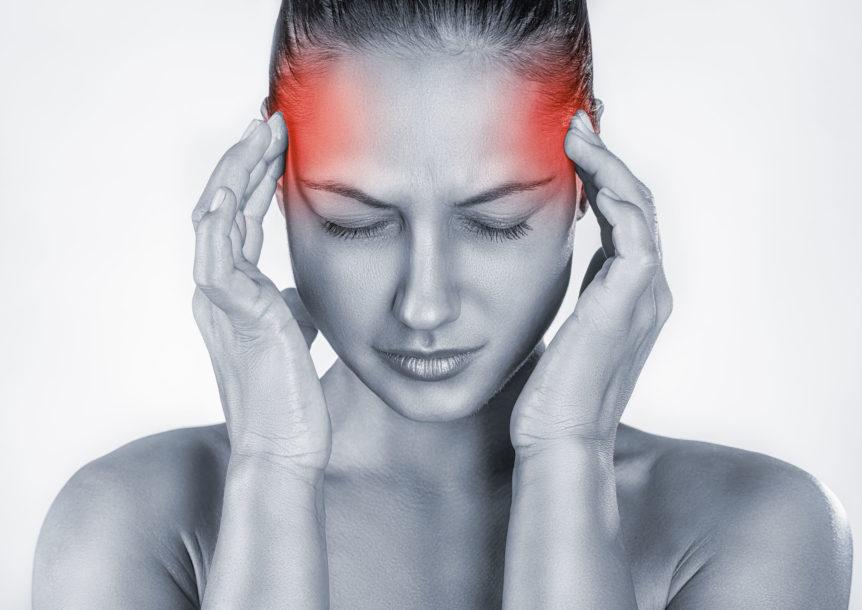The term “ocular migraine” refers to a variety of migraines characterized by visual disturbances, including blind spots and seeing stars. They differ from other forms of migraine in that any head pain symptoms may not accompany them.
The symptoms of visual impairment can vary widely between patients. Here’s what you need to know to understand better these symptoms and how to ease the discomfort of an ocular migraine.

Symptoms of an Ocular Migraine
Ocular migraine may also be referred to as visual, ophthalmic, retinal, or monocular migraines. Symptoms include problematic vision in one eye only. Some people experience migraines with auras or changes in sight. The symptoms may last for a few minutes or as long as 30 minutes.
Other common symptoms are headaches that last from four to 72 hours. They are commonly associated with:
- Only affecting one side of your head instead of all over
- Experiencing moderate to severe pain
- Throbbing or pulsating
- Moving around makes you feel worse
- Vomiting or Nausea
- Light or sound sensitivity
Causes
Currently, it is unknown what causes ocular migraines. There is speculation that the problem originates from spasms in blood vessels in the retina, the lining of the eyeball. The spread of changes across the retina’s nerve cells could also be responsible for these migraines.
A person with such migraines may be at a higher risk of permanently losing vision in one eye.
Treatment
Most people do not require treatment for the visual portion of an ocular migraine, it usually doesn’t last more than an hour. In order to restore normal vision, you should stop what you are doing and rest your eyes. Take a pain reliever prescribed by your physician if you suffer from a headache.
The loss of vision in one eye might be the result of a serious condition that is unrelated to migraines. Contact your physician immediately if this happens often.
In the treatment of migraine, patients are advised to avoid triggers such as stress, dehydration, and certain foods. The cornerstone of treatment is prevention. Even once an attack begins, preventive medications can offer significant relief of symptoms.
For infrequent attacks, the mainstay of treatment is symptom control. Non-steroidal anti-inflammatory drugs (NSAIDs) such as aspirin and ibuprofen are effective for pain, but caution is required in older adults.
Resting your eyes, removing yourself from harsh lighting or bright sunlight, and taking a break from looking at screens can be options for relieving eye strain without drugs. When you have a migraine, avoid triggers like stress, dehydration, high altitude, low blood sugar, excessive heat, and prolonged computer use.
Prevention
As migraine sufferers know all too well, prevention is the best cure. Keeping stress at bay, getting enough sleep, avoiding caffeine and alcohol, and getting regular exercise can all help to prevent migraines.
Our Team: We are Here to Help
It’s hard to find your triggers. It’s hard to find the right medication combination that really helps you get better. We want to help. We are a small, dedicated app development team with an app that helps you better understand your migraines and triggers. Everyone on the team has lived with migraines at some point in their lives. We are your community. Reach out any time with questions. We love questions. [email protected].
Track Your Triggers
Get the Migraine Insight Tracker – iOS App Store

2 Responses
Comments are closed.